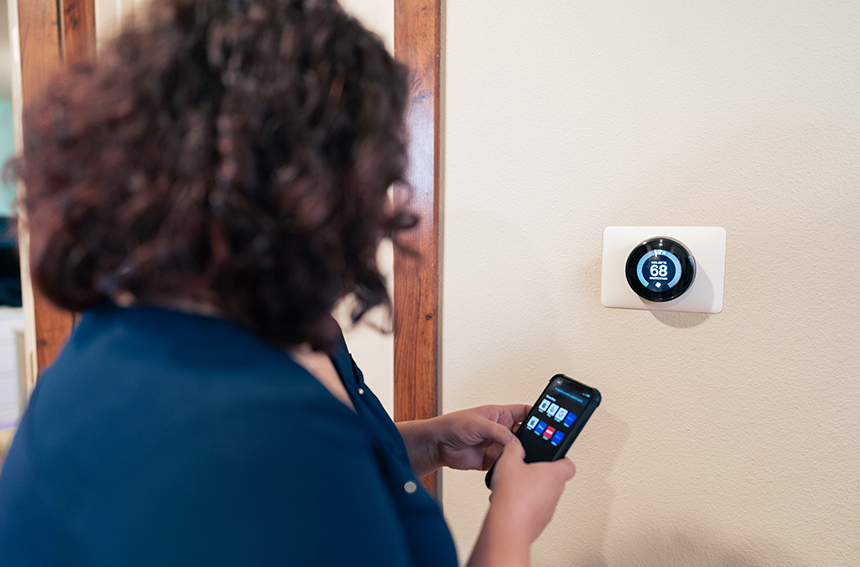
Energy-efficient homes not only save residents money on their energy bills, but they can also bring additional benefits from improved indoor air quality to increased home value. For people with disabilities, who may spend more time at home and are more likely to face unaffordable energy bills, upgrades that save money can also enhance their quality of life in the form of greater independence, safety and comfort.
A 2022 study published in the journal Energy Research & Social Science found energy insecurity disproportionately impacts people with disabilities—and COVID-19 made things worse. During the pandemic, 51% of people with disabilities cut back or went without basic household necessities to pay an energy bill, according to the study, while 36% kept their home at an unsafe or unhealthy temperature to save money.
“Energy justice demands everyone, including people with disabilities, have access to safe, affordable, and sustainable energy during the COVID-19 pandemic and beyond,” the study concludes.
In 2022, Oregon lawmakers added people with disabilities to the list of groups considered environmental justice communities that should be prioritized when it comes to accessing clean energy resources like energy efficiency.
So what home upgrades can make a difference?
Weatherization upgrades like installing insulation and sealing air gaps help maintain consistent indoor temperatures by minimizing drafts and preventing heat loss or gain. People with conditions that make regulating their body temperature difficult greatly benefit from a well-insulated home that maintains a comfortable temperature year-round.
For people who rely on medical devices that plug in, energy storage systems—often paired with renewable energy systems like solar—can provide lifesaving help during extreme weather events and power outages. People with physical disabilities often face heightened risks during such events, but having reliable energy storage at home means having back-up power for essential medical equipment.
Smart features can also provide assistance. Smart thermostats offer advanced temperature controls that can be adjusted remotely through smartphones or voice commands. For people with limited mobility, the ability to adjust heating and cooling without getting up improves accessibility while maintaining a safe and comfortable temperature.
Smart LED lighting systems can also be operated with voice commands or smartphones and allow users to control lights, adjust brightness and schedule when lights turn on and off. Such automation can increase safety by eliminating the need to navigate a dark room to reach a light switch.
LED lightbulbs can also last up to 25 times longer than traditional bulbs—reducing the need to change hard-to-reach lights—and produce less heat than traditional bulbs, helping regulate indoor temperatures.
- SEO Powered Content & PR Distribution. Get Amplified Today.
- PlatoData.Network Vertical Generative Ai. Empower Yourself. Access Here.
- PlatoAiStream. Web3 Intelligence. Knowledge Amplified. Access Here.
- PlatoESG. Automotive / EVs, Carbon, CleanTech, Energy, Environment, Solar, Waste Management. Access Here.
- BlockOffsets. Modernizing Environmental Offset Ownership. Access Here.
- Source: https://blog.energytrust.org/energy-saving-upgrades-can-carry-extra-benefits-for-people-with-disabilities/



